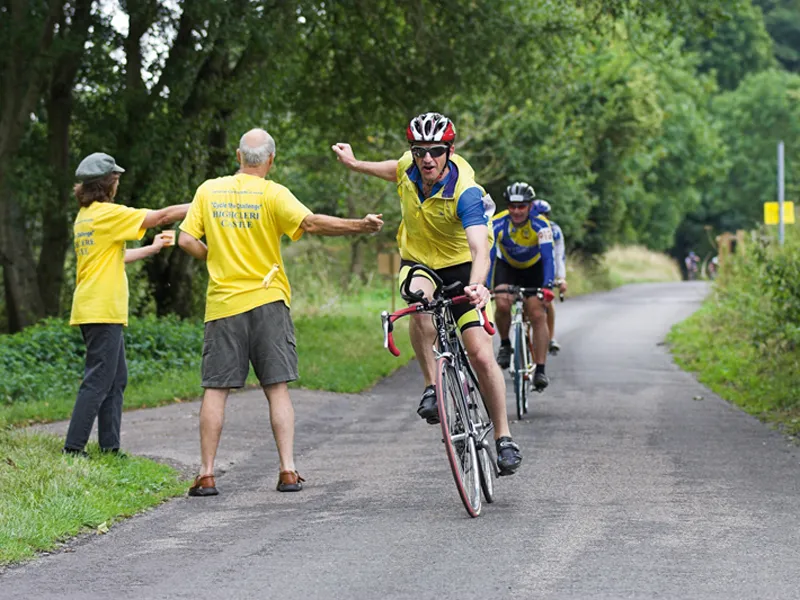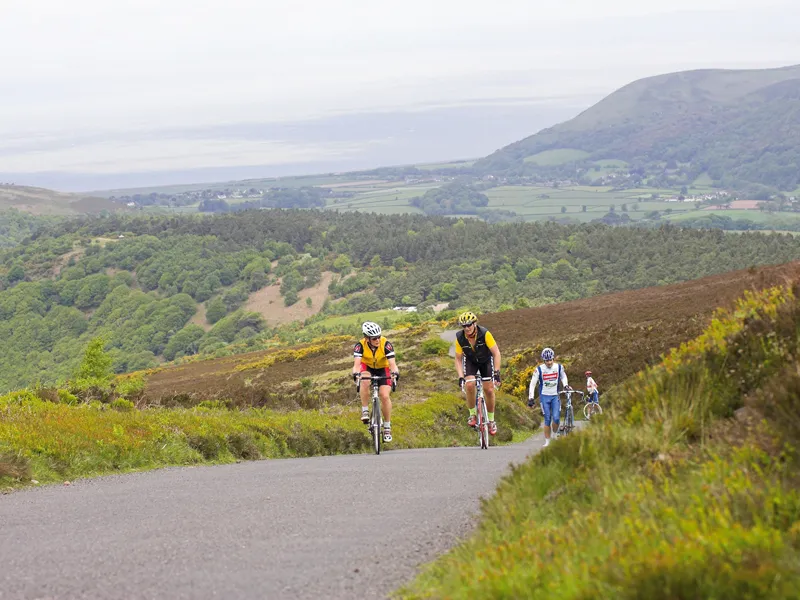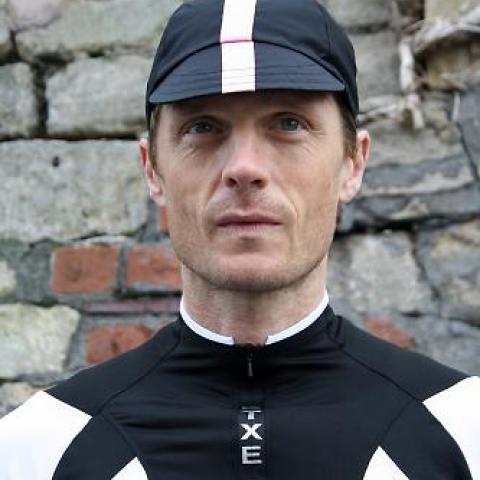You’ll probably use several thousand calories and many litres of fluid over the course of the Cycling Plus sportive in association with the Geoff Thomas Foundation at BikeRadar Live. It’s vital that you fill your tank with the right fuel, otherwise the engine that you’ve been fine-tuning through your training won’t be able to perform at its highest level.
If you’re going to clock the best time possible in your sportive, you need to get your food and drink sorted – and that starts now. Getting it spot on can take several weeks because your needs won’t be exactly the same as anyone else’s.
How to stay properly hydrated
You might have read that you should drink 400-900ml of fluid an hour while riding – but that’s a big old band. You can work out more precisely what you need at varying intensities and in different weather conditions by following this simple process over several rides:
1. Weigh yourself. Undressed, before putting on your cycle clothing and heading out the door, e.g. 75kg
2. Record your fuel intake. On your return, note down the amount you drank and ate during your ride. We’ll say it was 1500ml, which weighs 1.5kg, and three gels of 0.06kg each, so you’ve taken a total of 1.68kg on board
3. Weigh in again. Before showering, eating or drinking, towel yourself dry and weigh yourself again. We’ll say it’s now 73.2kg
4. Calculate your bodyweight change. Subtract the second weight from the first: 75-73.2 = 1.8kg
5. Calculate your total loss. Add the weight of the food to the bodyweight change: 1.8 1.68 = 3.48kg
6. Take into account any bathroom stops because this will mean losses are actually higher still. Estimate it – don’t get out the measuring jug!
7. Divide your total losses by the number of hours you spent riding: 3.48 ÷ 3hrs = 1.16kg lost per hour. It’s not only fluid you lose; carbohydrate reserves and the water stored with it can account for a drop of 1-1.5kg
Don’t expect to get to the end of your training ride or your goal event at the exactly the same weight as you started, but eat and drink enough to be within 1-2kg. Never be more than 2-3 per cent down in mass unless it’s a really demanding ride where, despite your best efforts, you can’t get adequate fuel down.
The harder you ride and the hotter the conditions, the more fluid and carbohydrate you’ll use, so periodically re-check as you get closer to the day of your sportive, and err on the side of caution. Suffering the dreaded ‘bonk’ – when your body can’t get the energy it needs, waves a little white flag and refuses to co-operate any further – is bad news when you’ve got two or three climbs left to ride.
Sports drinks and what to drink when
What should you drink when you ride? There are dozens of different sports drinks out there all claiming that they’ll make you perform better. But what’s the truth? You need to drink when you ride to replace the water you sweat and breathe out or you’ll soon start going backwards, but for longer training rides and during your sportive itself, use drinks to help provide the fuel you need too.
So while plain old water is fine for rides up to about an hour or even two on flattish terrain, beyond that you’ll do better if you get sports drinks down. For both training and on event day, try a drink that’s 5-7 per cent carbohydrate. In other words, it should contain 50-70g of carbs.

While water is fine for rides up to an hour, beyond that you’ll do better if you get sports drinks down
This is an isotonic level, meaning that the drink contains the same concentration of dissolved particles as your body fluids, so it’ll get absorbed fast. But some people are more comfortable with a hypotonic drink – one with a carb level of less than 5 per cent. The only way to find out what’s right for you is by experimenting, which is why we’re suggesting you get on the case now.
Use the TEST IT acronym: Try Everything Several Times In Training.
- Don’t be tempted to heap loads of extra drink powder into your waterbottle to supercharge your ride – it’ll slow down the rate of absorption, unless you are using a unique polymer like Science in Sport’s PSP-22 which can be used at higher concentrations… but, as ever, test it out in training.
- Do choose a drink that contains electrolytes, particularly sodium. This will speed up the delivery of fluid to your body, so it’s especially important on longer rides.
- Do go for a drink that you really enjoy the taste of – that way you’re far more likely to drink enough.
- Don’t wait until you feel really thirsty – that’s a really bad gauge of your needs. You're already dehydrated.
- Do get into the habit of drinking plenty before you go out on your bike so that you start off fully hydrated, and continue drinking afterwards – a little and often – to aid recovery. If you’ve trained for over an hour, make it a carb drink.
How much energy you'll need
You should consume at least one gram of carbohydrate per kilogram of your bodyweight for every hour that you’re riding (1g/kg/hour). This can be in the form of carb-electrolyte drinks, gels, bars, solid food, or a combination of all these.
But, as with hydration, your individual needs could be very different from the norm so it’s important to experiment in training – remember the TEST-IT philosophy. That’ll tell you exactly what you can tolerate and what you need with you on the day.
Research fuel stops: Find out as early as possible what food and drink will be available on your sportive and at what points along the route, and see if it suits you. If you just can’t stomach the energy drink on offer, for example, you need to take your own sachets along. If you get sick of sweet stuff, check there will be something savoury for you to grab, or carry it with you… don't leave it to chance.
Get smart: Think about scheduling your pick-ups at the top of climbs rather than at the bottom so you don’t have to drag everything uphill.
Get your food and drink right and you’re well on the way to ensuring that your sportive is a success. It’s a simple enough process – as long as you get on the case well in advance.

